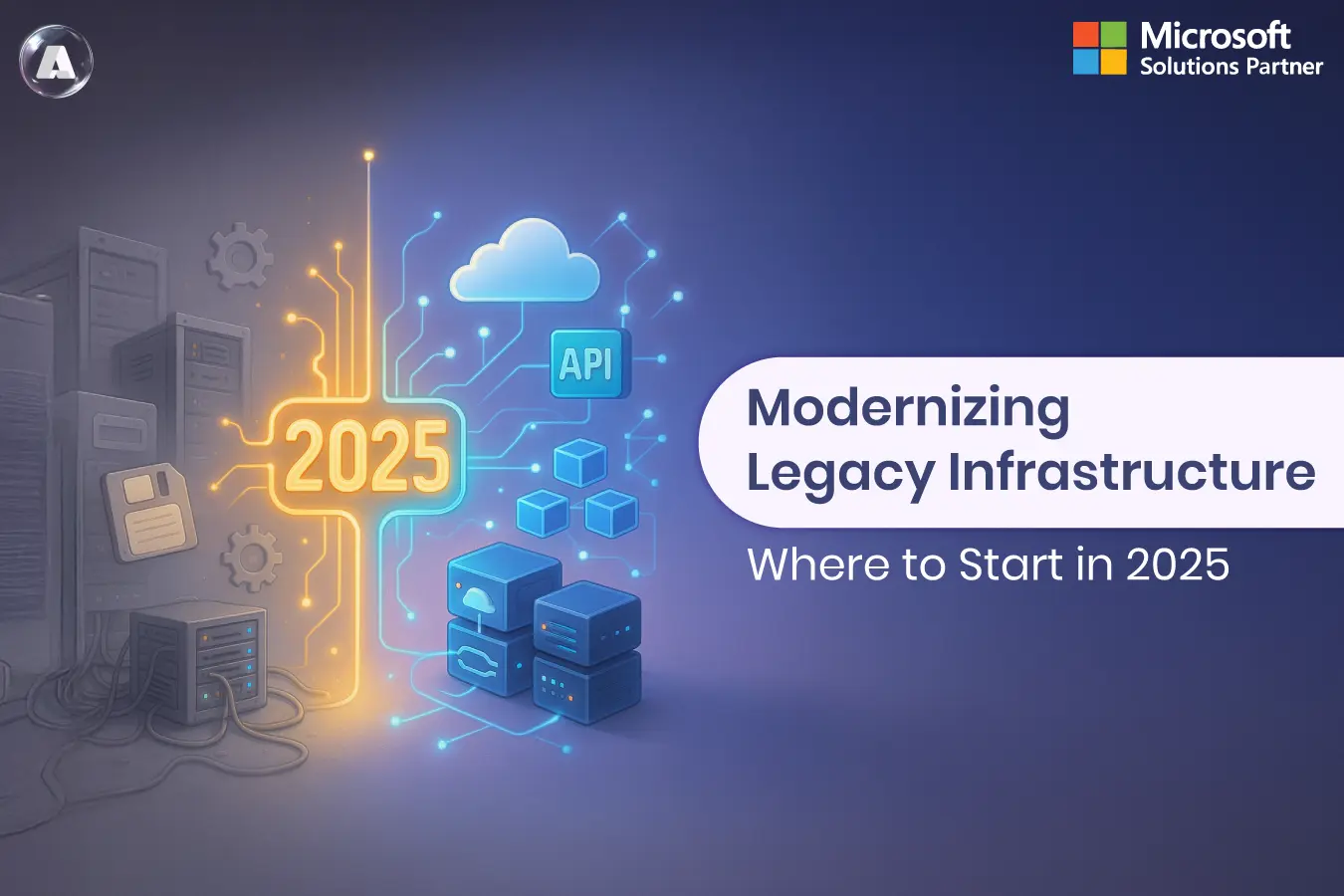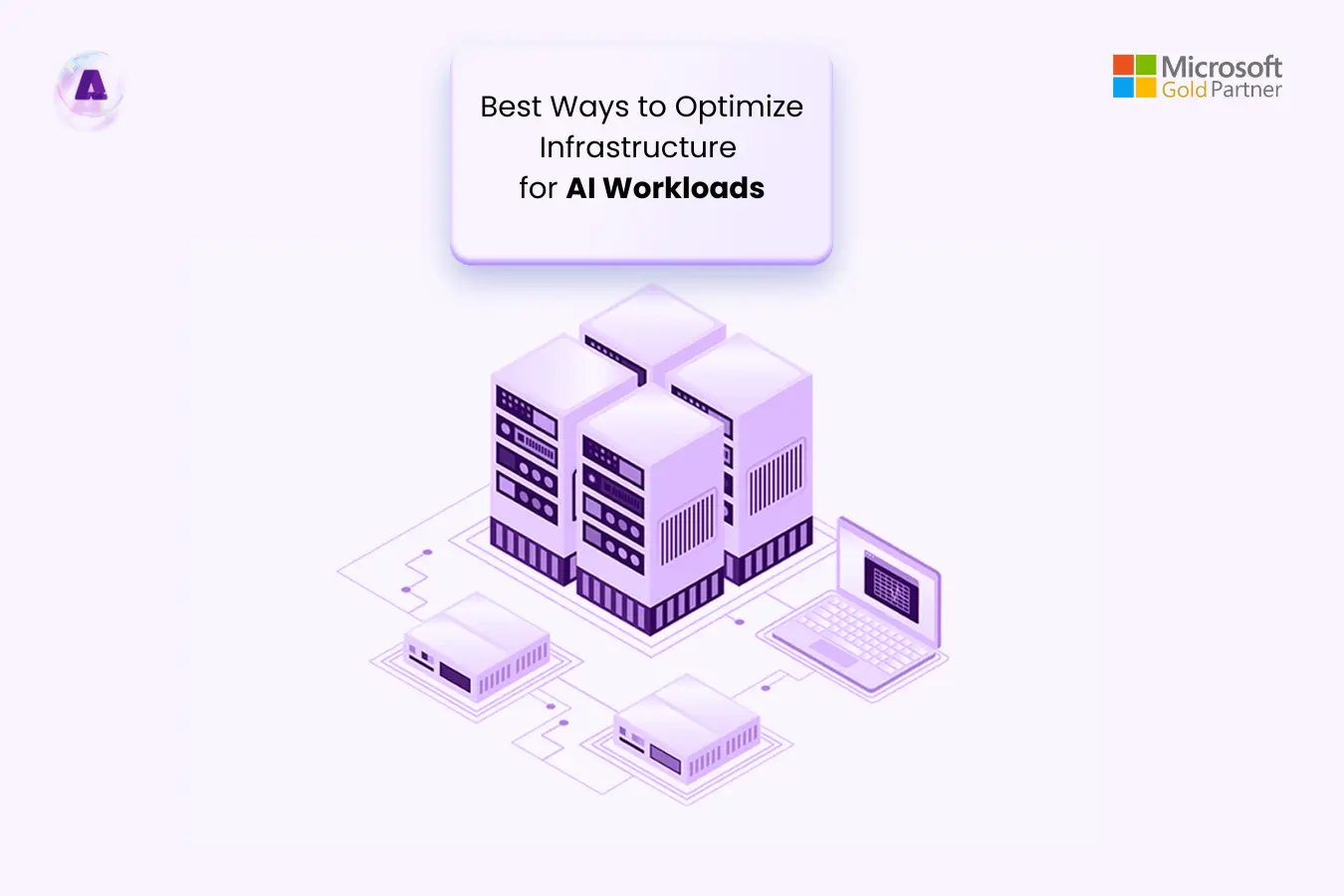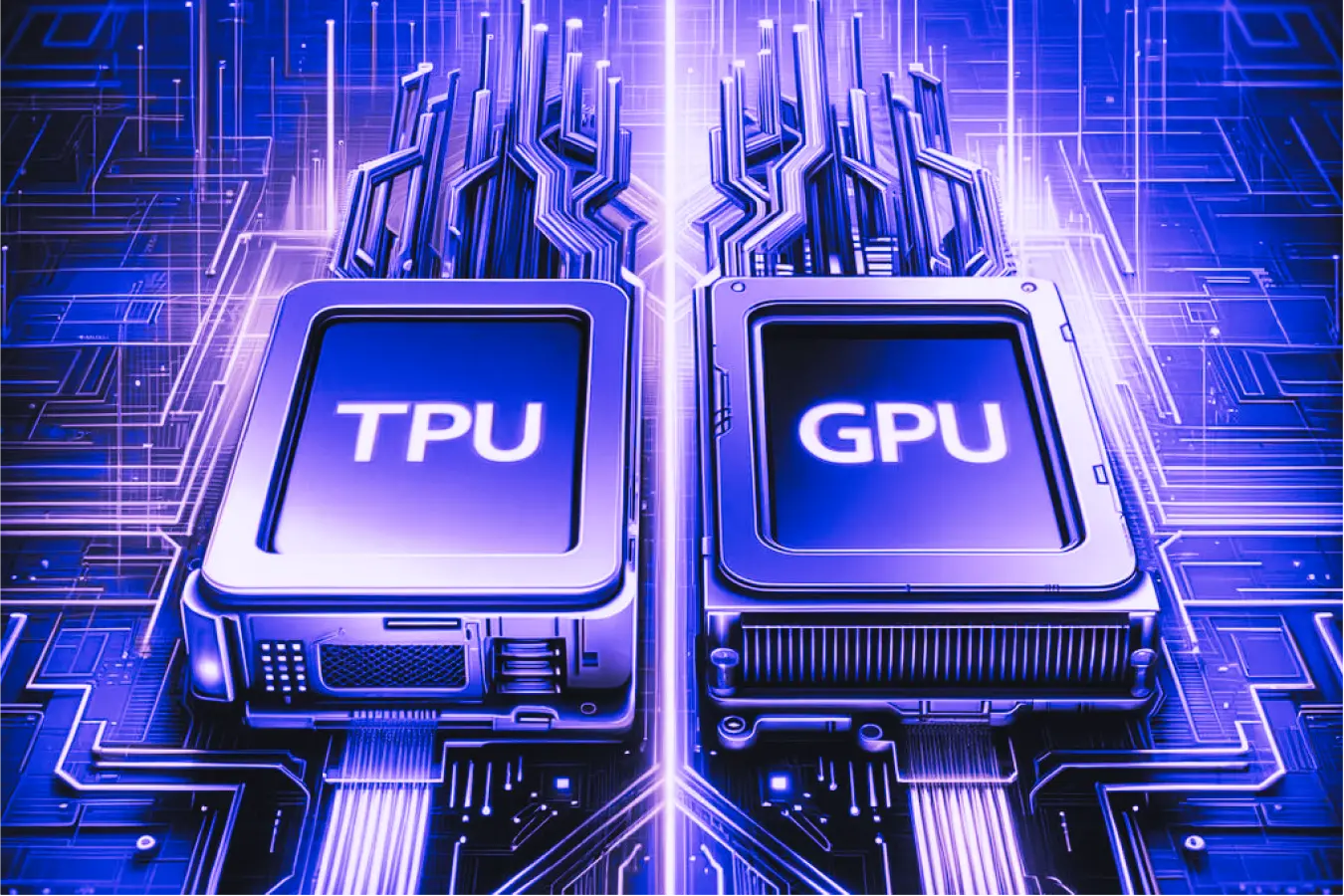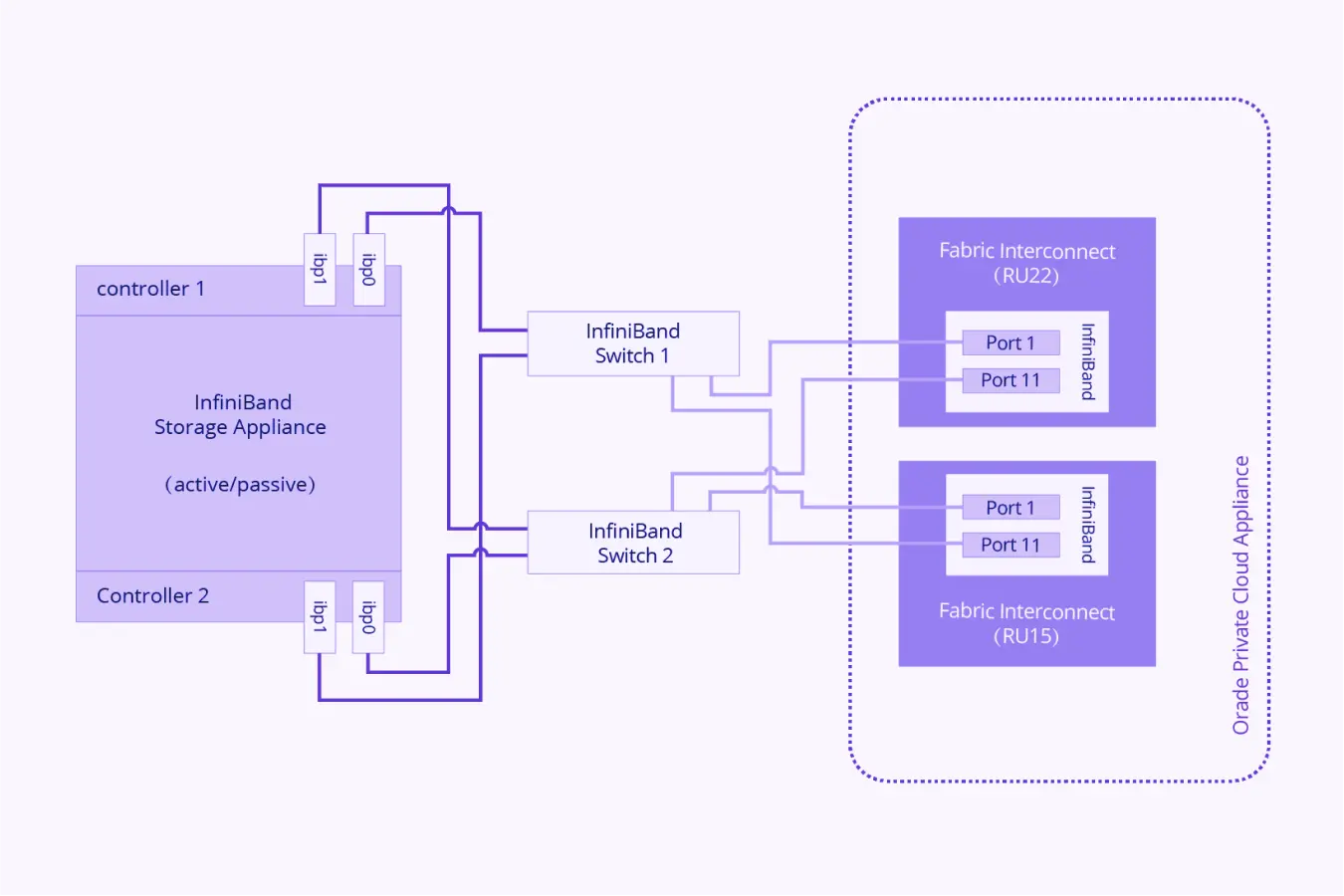
Introduction
As digital transformation continues to accelerate, one truth has become undeniable: legacy systems are no longer just outdated—they’re business liabilities. In 2025, IT modernization is no longer optional—it’s imperative. A recent TierPoint survey of 400 IT leaders revealed that 99% plan to adopt one or more emerging technologies in the next 12–24 months.
So, where should organizations start? With legacy infrastructure modernization—the critical first step to unlocking agility, scalability, and innovation in today’s digital era.
What Is IT Modernization?
IT modernization involves upgrading or transforming aging infrastructure and applications to improve performance, security, and agility. It usually focuses on three pillars:
- Prioritization – Deciding what to modernize first
- Motivation – Identifying why modernization is needed now
- Improvement – Planning how modernization will enhance performance or services
Top Legacy Infrastructure Modernization Priorities in 2025
According to TierPoint’s 2024 IT Modernization Trends report, here’s where IT leaders are investing:
1. Enhanced Cybersecurity
53% of respondents are prioritizing cybersecurity. As threats become more advanced, legacy systems—often lacking modern defenses—are easy targets. For example, the 2023 MOVEit breach exploited outdated file transfer tools and impacted hundreds of organizations.
Additionally, IBM’s Cost of a Data Breach Report 2023 found the average breach cost reached $4.45 million globally.
2. Improved Data Management
48% are focusing on scalable and secure data platforms. With global data volume projected to reach over 180 zettabytes by 2025, efficient storage, governance, and analytics capabilities are crucial.
Example: A global retail chain leveraged Azure Data Lake and Microsoft Purview to centralize data and automate compliance, reducing manual reporting time by 40%.
3. Hardware and Infrastructure Upgrades
45% of leaders plan to replace legacy servers with modern systems that support virtualization, cloud integration, and containerized workloads.
According to TechTarget, upgrading to modern infrastructure leads to better uptime, lower maintenance, and more agility.
4. Cloud Migration
44% are moving critical workloads to cloud platforms like AWS, Azure, or Google Cloud. As per Colorlib’s cloud stats, 94% of companies already use cloud services.
Example: A healthcare company migrated to Microsoft Azure and improved system availability by 99.9%, while lowering disaster recovery costs by 30%.
9 Emerging Legacy Infrastructure Modernization Strategies for 2025
1. Artificial Intelligence (AI) and Machine Learning (ML)
63% of leaders are implementing AI/ML for process automation, anomaly detection, and faster insights. According to McKinsey’s State of AI 2023, 55% of businesses already use AI in at least one function.
Example: A logistics firm reduced delays by 18% after deploying AI-powered predictive maintenance for fleet operations.
2. Cloud Computing
49% are prioritizing cloud-first models. The Flexera 2024 State of the Cloud Report confirms multi-cloud adoption is increasing, driven by cost efficiency, flexibility, and global scalability.
3. High-Performance Computing (HPC)
41% of respondents are investing in HPC for processing large datasets and supporting AI workloads. Deloitte highlights HPC as critical for digital transformation in industries like biotech and finance.
Example: A genomics research lab used GPU-based HPC to reduce sequence analysis time by 75%.
4. Hybrid Cloud
38% of companies are adopting hybrid cloud models to retain control while gaining cloud flexibility. According to TechRepublic, hybrid cloud enables compliance for regulated industries without compromising scalability.
5. DevOps
37% are investing in DevOps culture and automation. The Puppet State of DevOps Report shows that mature DevOps teams deploy 46x more frequently than low performers.
Example: A fintech startup reduced deployment times from weeks to hours after implementing GitOps workflows.
Why IT Modernization Matters

Efficiency and Productivity
Automation tools reduce manual processes and eliminate delays in service delivery.
Cost Savings
Modern environments reduce legacy maintenance costs and support OpEx-based billing models.
Scalability and Agility
Modern infrastructure allows businesses to scale up or down quickly based on demand.
Security and Resilience
Modern systems offer built-in security features, improved encryption, and real-time threat detection.
Business Continuity
Redundancy and disaster recovery tools ensure uptime and mitigate disruptions.
Key Challenges to Anticipate
- Legacy Integration: Migrating without disrupting workflows requires careful dependency mapping.
- Budget Constraints: Upfront investments must be balanced with long-term ROI.
- Cultural Resistance: Change management and employee buy-in are critical to adoption.
- Cybersecurity Risks: Poorly executed modernization can introduce new attack surfaces.
Best Practices for Legacy Infrastructure Modernization in 2025
1. Use Gartner’s 3-Step Modernization Evaluation
- Evaluate six drivers (business fit, value, agility, cost, complexity, risk)
- Choose from seven options (encapsulate, rehost, replatform, refactor, rearchitect, rebuild, replace)
- Prioritize for maximum value with minimal disruption
2. Upgrade Hardware and Software
Legacy infrastructure often cannot support modern workloads. Conduct readiness assessments before deploying new platforms.
3. Invest in Employee Training
Offer training in cloud computing, DevSecOps, and automation to build internal capacity.
4. Partner with Managed Service Providers (MSPs)
The Microsoft Partner Network recommends working with Managed Service Providers (MSPs) when in-house expertise is limited—especially for large-scale IT modernization and cloud transformation initiatives.
Aptly Technology, a Microsoft Certified Gold Partner and global IT services provider, supports enterprises across their modernization journey. From cloud migrations and infrastructure upgrades to AI readiness and DevSecOps integration, Aptly brings:
- Expertise across Azure and AWS ecosystems
- Deep experience in modernizing legacy systems and hybrid environments
- Flexible delivery models with 24/7 global support
- Proven methodologies tailored to enterprise goals and compliance needs
Whether you’re looking to modernize at scale or take a phased approach, Aptly helps ensure secure, scalable, and efficient transformation—without overburdening internal teams.
Conclusion: The Time to Modernize Is Now
Legacy systems are holding businesses back. In 2025, the organizations that modernize will be the ones that scale faster, operate more securely, and innovate ahead of the competition.
Modernization isn’t a one-time project—it’s a strategic shift. With the right roadmap, partners, and technologies, your business can transition from outdated infrastructure to a future-ready enterprise.





